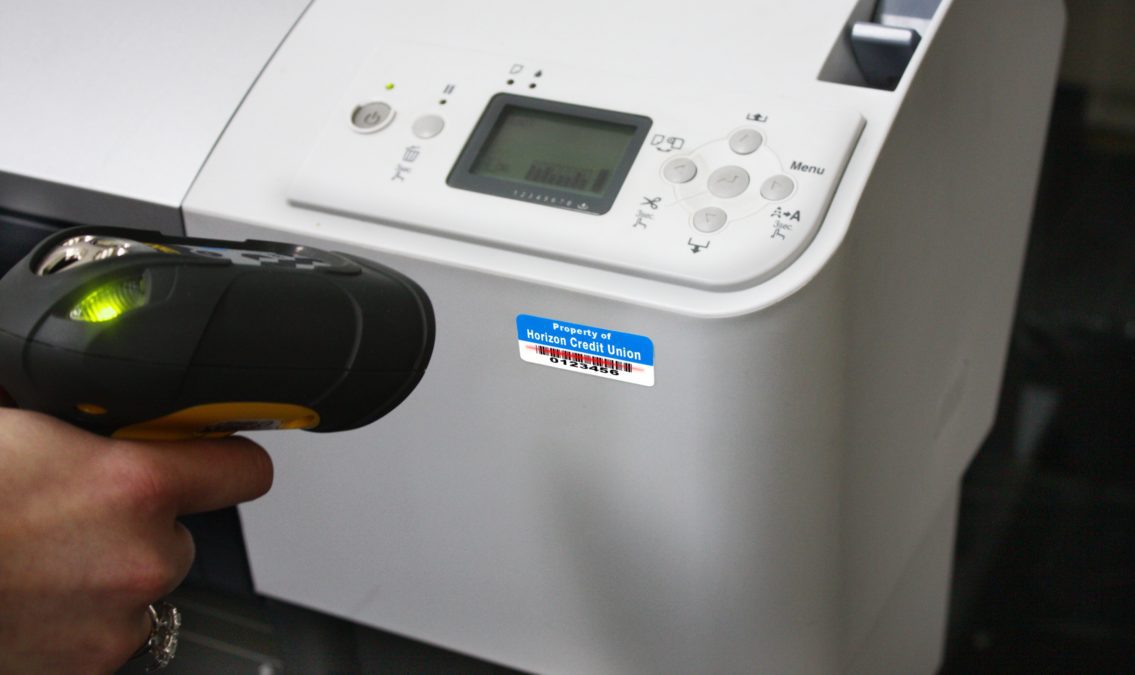The 4 Most Important Goals for Asset Management


If your business owns and maintains expensive assets, as most businesses do, asset management is a valuable process for planning and maximizing returns on your investments, as well as minimizing losses. There are many goals achievable through an effective asset management program.
Here’s a look at four of the most common and key goals that can be achieved through implementing asset management processes.

Eliminating waste is a top priority for many organizations today. Asset management enables the reduction of waste across the supply chain in several ways:
Asset management provides visibility into these issues, enabling corporations to rapidly identify prominent areas of waste and the primary causes. If a single piece of machinery is causing workflow delays, for instance, the ability to conduct a cost-benefit analysis and calculate the potential ROI of investing in a more up-to-date asset is a straightforward way to make informed decisions.
Asset management provides businesses with a clear picture of their total owned assets at any given time. This bird’s-eye view into your capital investments can reveal some valuable insights, such as areas in which assets are sitting idle and areas in which assets are at maxed-out capacity.
This knowledge aids in planning and reconfiguring workloads and asset allocation, allowing you to improve utilization and streamline business processes. Re-allocating a portion of a workload to another set of assets which aren’t being used at full capacity can speed up processes and also extend the lifespan of your most valuable assets by reducing the strain on your typically maxed-out assets.
Asset management provides a plethora of data that drives decision-making. For instance, data showing that a particular class of assets performs better or has a longer lifespan when purchased from a specific vendor can help you make more informed purchasing decisions.
Over time, these types of decisions have a substantial impact on the bottom line by allowing you to make sound investments.
Data collection is also valuable in quality control. In manufacturing, for example, asset management allows enterprises to quickly pinpoint the root cause of a product quality issue. When these problems are rapidly identified and addressed, quality control is maintained and less product is wasted.
Asset management aids businesses in maximizing the return on every investment. When you rely on asset management to inform purchase decisions and stay on top of ongoing maintenance, you’ll get more life out of your expensive assets.
Additionally, by improving asset utilization across the workforce, workflows become more efficient and production increases. The elimination or reduction of waste from lost or stolen assets is also reduced.
Finally, asset management enables the efficient scheduling of shared assets across teams and departments, reducing the need to purchase duplicate assets unnecessarily.
Asset management offers many benefits to businesses spanning a multitude of industries, such as manufacturing, education, government, and industrial settings, among others. Every industry can benefit from more streamlined processes and a boost in the bottom line, making asset management a sound investment choice for many organizations.
Our sales engineers are experts in automatic asset tracking, tagging and identification,a nd can answer all your questions. Get in touch now.
Lets Talk ›Enter your information and get a free checklist of the top questions to answer and tips to plan a successful asset tagging project for any asset management or tracking system implementation.